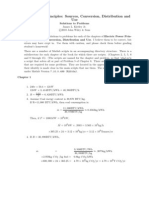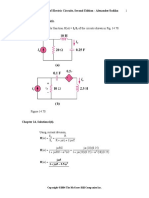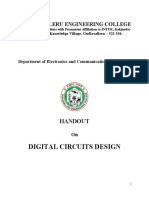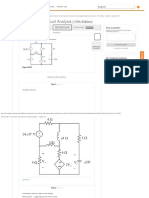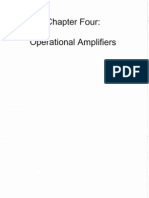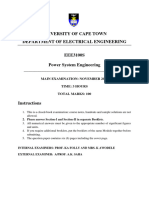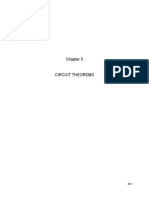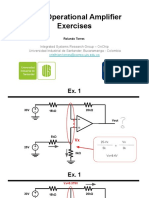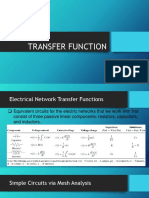0% found this document useful (0 votes)
1K views14 pagesChapter 3 Exercise Answers
The document contains 20 practice problems solving for various circuit analysis techniques like nodal analysis, mesh analysis, and phasor analysis. The problems involve converting between sinusoidal and phasor representations, calculating impedances, powers, currents, and voltages in AC circuits using concepts like complex numbers. Step-by-step solutions are provided for each problem applying the relevant circuit analysis method.
Uploaded by
Henok DerejeCopyright
© © All Rights Reserved
We take content rights seriously. If you suspect this is your content, claim it here.
Available Formats
Download as PDF, TXT or read online on Scribd
0% found this document useful (0 votes)
1K views14 pagesChapter 3 Exercise Answers
The document contains 20 practice problems solving for various circuit analysis techniques like nodal analysis, mesh analysis, and phasor analysis. The problems involve converting between sinusoidal and phasor representations, calculating impedances, powers, currents, and voltages in AC circuits using concepts like complex numbers. Step-by-step solutions are provided for each problem applying the relevant circuit analysis method.
Uploaded by
Henok DerejeCopyright
© © All Rights Reserved
We take content rights seriously. If you suspect this is your content, claim it here.
Available Formats
Download as PDF, TXT or read online on Scribd
/ 14





